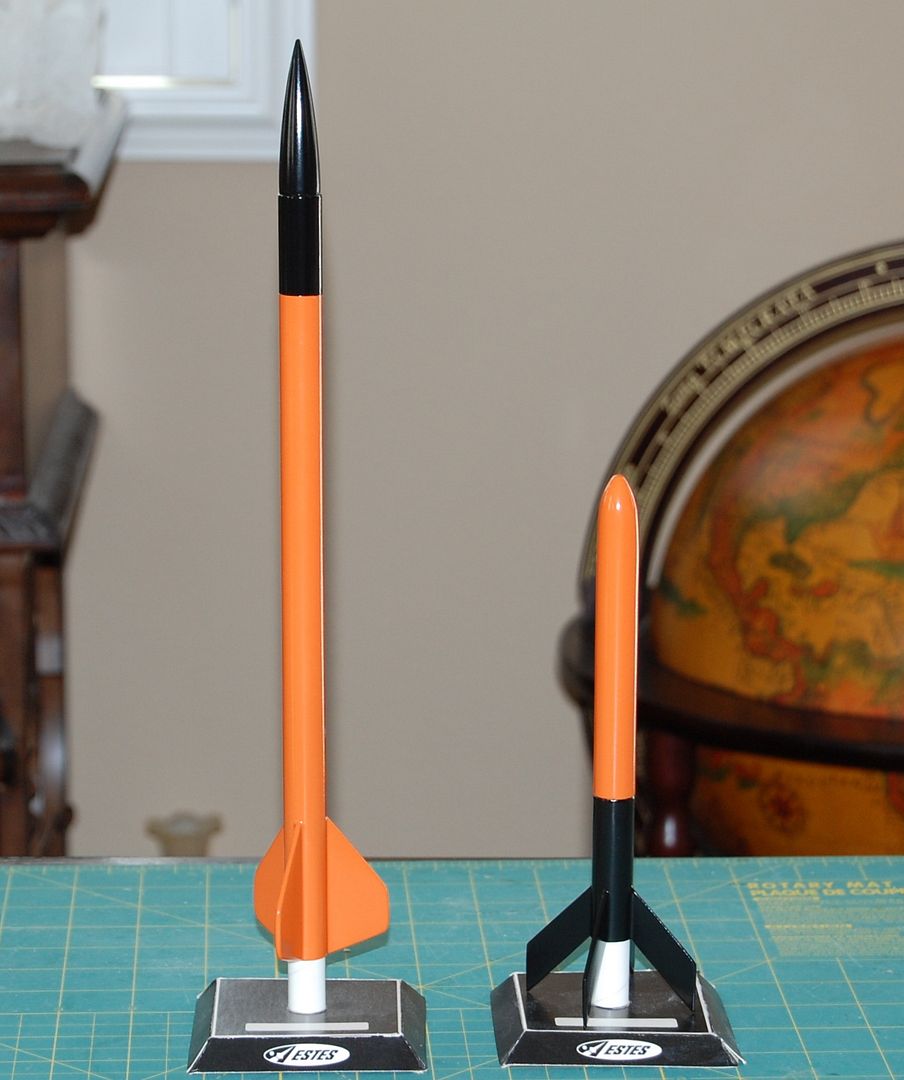Looking briefly at the pdf you provided, it looks like you are supposed to DESIGN and build a rocket for competition, not use an existing kit.
Assuming you are entering only the chute duration competition, it must be at least 12" long.
So I would go with a 12" long BT-20 size tube and elliptical fins. This will give you the least weight and maximum altitude for longest duration. Plus, I don't think a 6" chute will fit inside a BT-5 tube.
You might want to consider cutting the launch lug at an angle for less drag. Might add a few millimeters to your apogee.
Also pay attention to the finish of your rocket. A smooth clean finish will minimize drag and maximize altitude. Also round your fins' leading edges and taper your trailing edges.
Doesn't seem like tower or piston launchers are allowed, or fly away rail guides and pop lugs.
But if they are they may add a little to your altitude.
Laters.
Assuming you are entering only the chute duration competition, it must be at least 12" long.
So I would go with a 12" long BT-20 size tube and elliptical fins. This will give you the least weight and maximum altitude for longest duration. Plus, I don't think a 6" chute will fit inside a BT-5 tube.
You might want to consider cutting the launch lug at an angle for less drag. Might add a few millimeters to your apogee.
Also pay attention to the finish of your rocket. A smooth clean finish will minimize drag and maximize altitude. Also round your fins' leading edges and taper your trailing edges.
Doesn't seem like tower or piston launchers are allowed, or fly away rail guides and pop lugs.
But if they are they may add a little to your altitude.
Laters.
Last edited:










